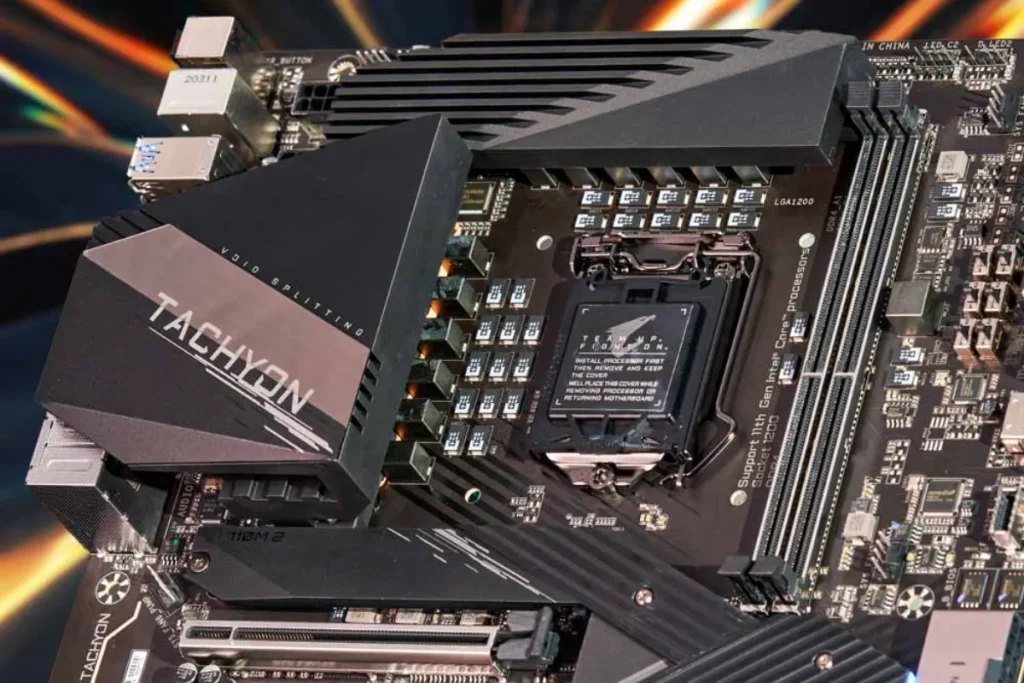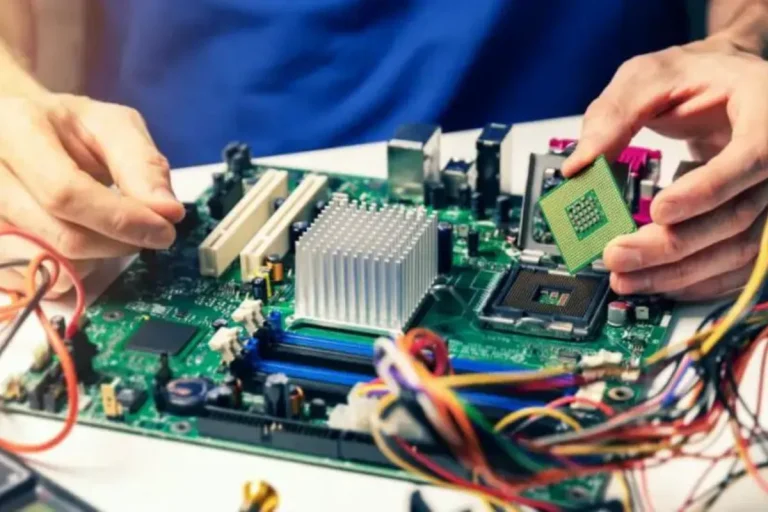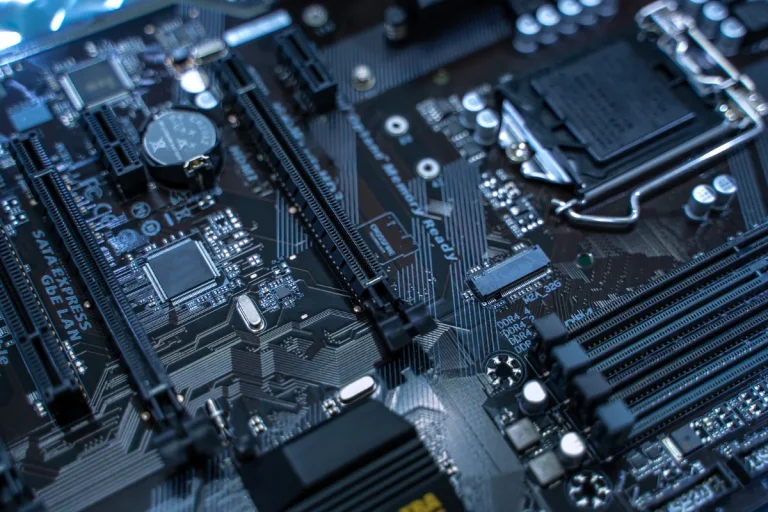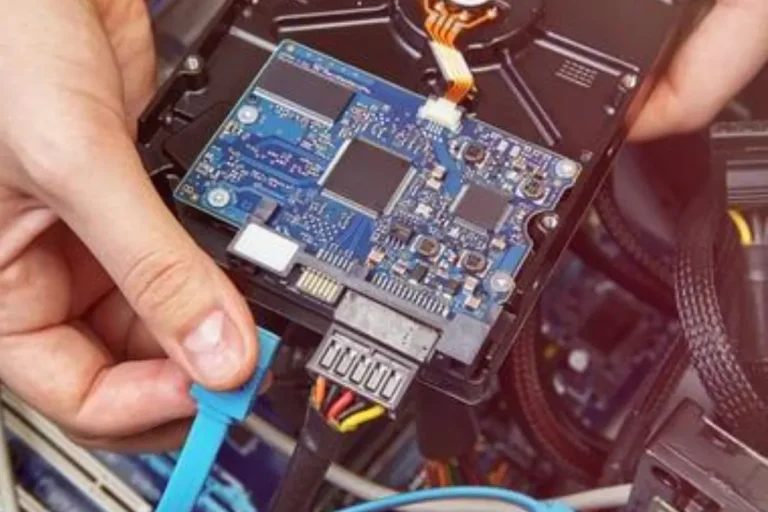Do all new motherboards support TPM for Windows 11?
Are you excited about upgrading to Windows 11 but wondering if your new motherboard supports TPM? Don’t worry, we’ve got you covered. This article will explore the compatibility of new motherboards with TPM, the Trusted Platform Module required for Windows 11.
Windows 11 and TPM Requirement
When it comes to Windows 11, there are certain system requirements you need to meet to ensure a smooth installation. One of these requirements is a TPM or Trusted Platform Module.
In this section, we’ll take a closer look at what TPM is all about, why Microsoft has made it mandatory for Windows 11, and what it means for older systems.
Windows 11’s system requirements, including TPM
To run Windows 11, your computer needs to meet certain specifications. One of the key requirements is a TPM, which is a hardware component that provides an extra layer of security.
TPM helps protect your computer from unauthorized access and ensures the integrity of your system. It’s like having a virtual bouncer at the entrance of your computer, making sure only trusted entities can enter.
TPM is mandatory for Windows 11 installation
Microsoft has made TPM mandatory for Windows 11 to enhance the overall security and privacy of the operating system. With the increasing prevalence of cyber threats and attacks, Microsoft wants to ensure that Windows 11 users have the best possible protection.
TPM helps safeguard sensitive data, such as encryption keys and provides a secure environment for running trusted applications.
Clarification that older systems have an upgrade
If you have an older computer, there’s a chance that it may not have TPM built-in. In such cases, you may need to upgrade your system or check if there are alternative solutions available.
Upgrading your motherboard or adding a separate TPM module are possible options. However, it’s important to note that not all older systems are compatible with TPM, and in some cases, it may be more cost-effective to consider purchasing a new computer altogether.
Compatibility of New Motherboards with TPM
If you’re wondering whether new motherboards support TPM for Windows 11, you’re in the right place! In this section, we’ll dive into the compatibility of modern motherboards with TPM, exploring how they are designed to support this essential security feature.
Motherboards are designed to support TPM
Modern motherboards are specifically designed to support TPM, providing a seamless integration for enhanced security. These motherboards come equipped with the necessary connectors and firmware support to accommodate TPM modules.
The inclusion of TPM support in the motherboard design ensures a hassle-free experience for users who want to enable TPM and meet the Windows 11 requirements.
TPM integration into modern motherboard architecture
TPM is seamlessly integrated into the architecture of modern motherboards, making it easier than ever to enable this security feature. The TPM module is typically connected to a dedicated header on the motherboard, allowing for easy installation and activation.
Once connected, the TPM works in tandem with the motherboard’s firmware to provide a secure environment for your Windows 11 installation.
Motherboard manufacturers’ efforts to ensure Windows
Motherboard manufacturers understand the importance of Windows 11 compatibility and have made efforts to ensure their products meet the TPM requirements. They work closely with TPM providers to ensure that their motherboards are fully compatible and can seamlessly integrate with Windows 11.
Manufacturers often release BIOS updates and provide resources to help users enable TPM and make the transition to Windows 11 without any hiccups.
Identifying TPM Support on New Motherboards

If you’ve recently purchased a new motherboard and want to check if it supports TPM for Windows 11, we’ve got you covered! In this section, we’ll provide a handy guide on how to identify TPM support on new motherboards.
We’ll walk you through the process of finding TPM information in motherboard specifications or BIOS settings, and we’ll also mention some online resources or tools that can help you verify motherboard compatibility.
Guide to checking if a new motherboard supports TPM
To determine if your new motherboard supports TPM, you can start by checking the manufacturer’s specifications. Look for information regarding TPM support or TPM headers in the product description or user manual.
If you’re unable to find the necessary information, the next step is to delve into the BIOS settings.
motherboard specifications or BIOS settings
In the BIOS settings, navigate to the “Advanced” or “Security” section and look for an option related to TPM. It might be labeled as “Trusted Computing,” “Security Features,” or something similar. Enable this option if available, as it indicates TPM support.
If you’re unsure about the BIOS settings or need more guidance, refer to the motherboard’s user manual or the manufacturer’s website for detailed instructions.
Resources or tools to verify motherboard compatibility
If you’re still uncertain about your motherboard’s TPM compatibility, there are online resources and tools available to help you verify. Some websites offer compatibility checkers where you can enter your motherboard model to see if it supports TPM.
Additionally, the motherboard manufacturer’s website might have a support section that provides information on TPM compatibility or a compatibility checker tool specific to their products.
Frequently Asked Questions
1. What are the options for users with incompatible motherboards to enable TPM support?
If your current motherboard doesn’t support TPM, you have a few options. You can consider upgrading to a TPM-compatible motherboard, adding a TPM module to your existing motherboard if it has an available TPM header, or using a virtual TPM (vTPM) solution if your system supports it.
2. Is a motherboard upgrade necessary to enable TPM support, or are there other workarounds?
While a motherboard upgrade is one option to enable TPM support, there may be alternative workarounds. Some motherboards allow for the addition of a TPM module, as mentioned earlier. Additionally, if your system supports virtual TPM (vTPM), you can explore that option.
3. What are the potential benefits of upgrading to a TPM-compatible motherboard?
Upgrading to a TPM-compatible motherboard offers several benefits. Firstly, it ensures compliance with Windows 11 requirements, allowing you to install and run the operating system smoothly. Additionally, TPM provides enhanced security features, such as secure boot and device encryption, which protect your system and data from unauthorized access.
4. What considerations should I keep in mind when upgrading to a TPM-compatible motherboard?
When considering a motherboard upgrade for TPM support, it’s essential to ensure compatibility with the rest of your system components, such as the CPU, RAM, and peripherals. Check the motherboard’s socket type, supported CPU generations, RAM compatibility, and available expansion slots.
5. Can I transfer my existing components to a new TPM-compatible motherboard?
In most cases, you can transfer your existing components, such as the CPU, RAM, and storage, to a new TPM-compatible motherboard. However, it’s essential to verify compatibility with the new motherboard’s specifications, including socket type, CPU generation support, RAM compatibility, and storage interfaces.
Conclusion
In conclusion, not all new motherboards automatically support TPM for Windows 11. It’s crucial to check the manufacturer’s specifications, explore the BIOS settings, or use online resources to verify TPM compatibility. If your motherboard lacks TPM support, options like upgrading or adding a TPM module can help ensure a smooth Windows 11 experience.




